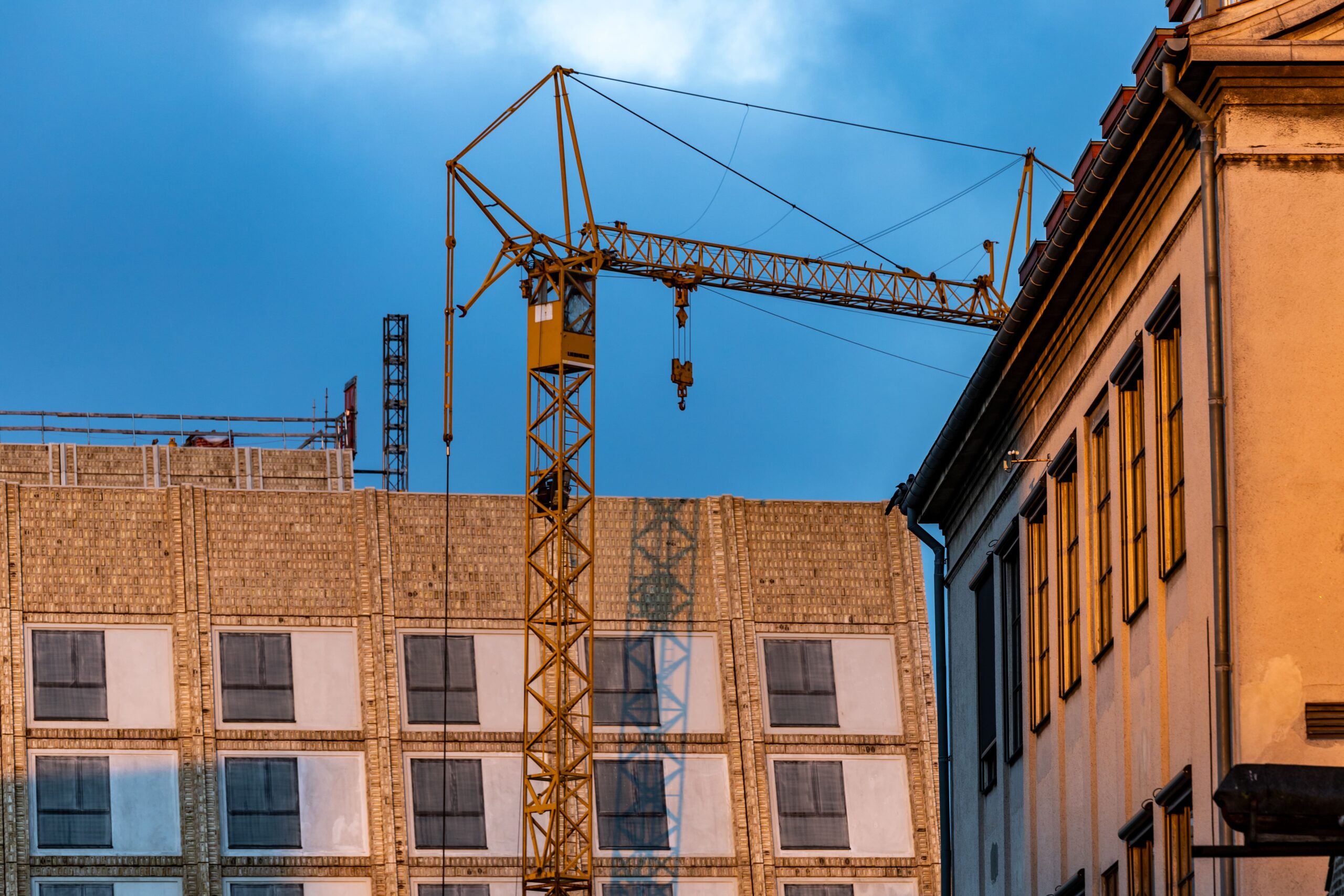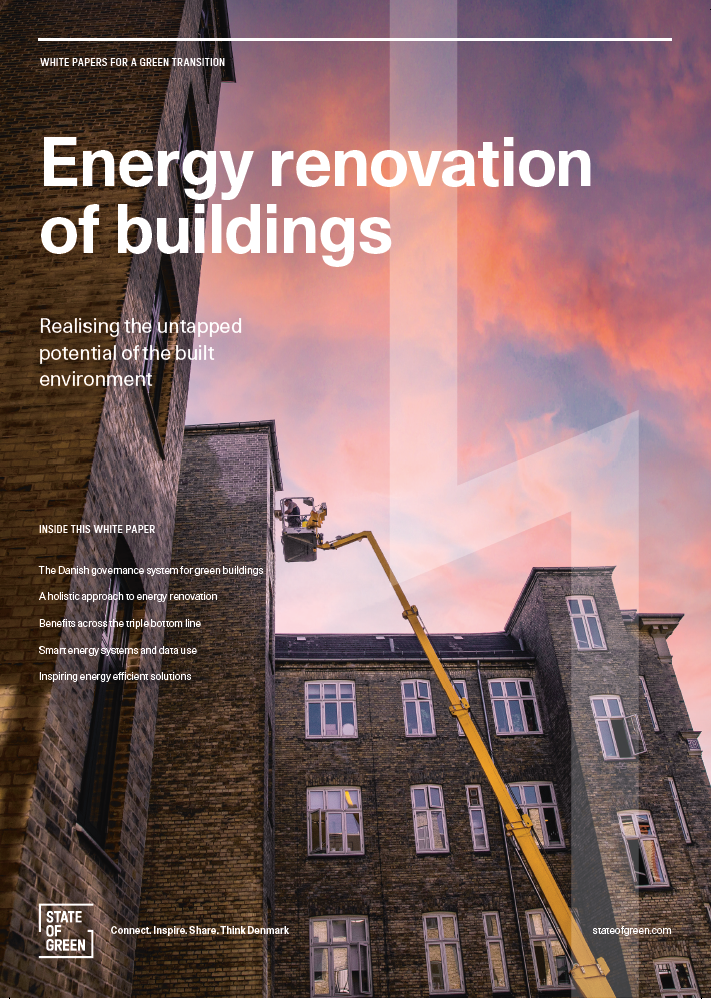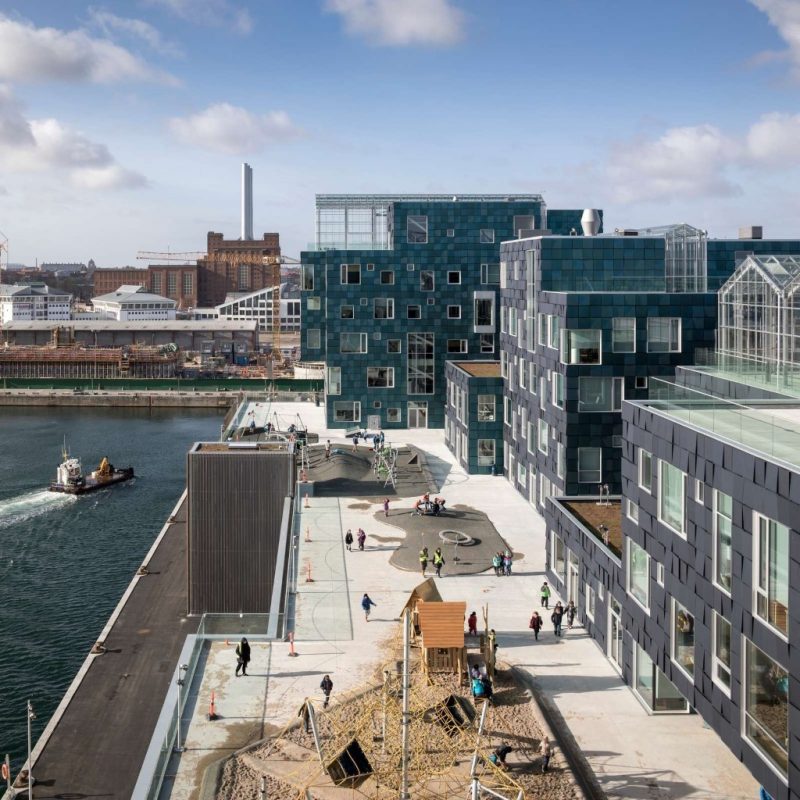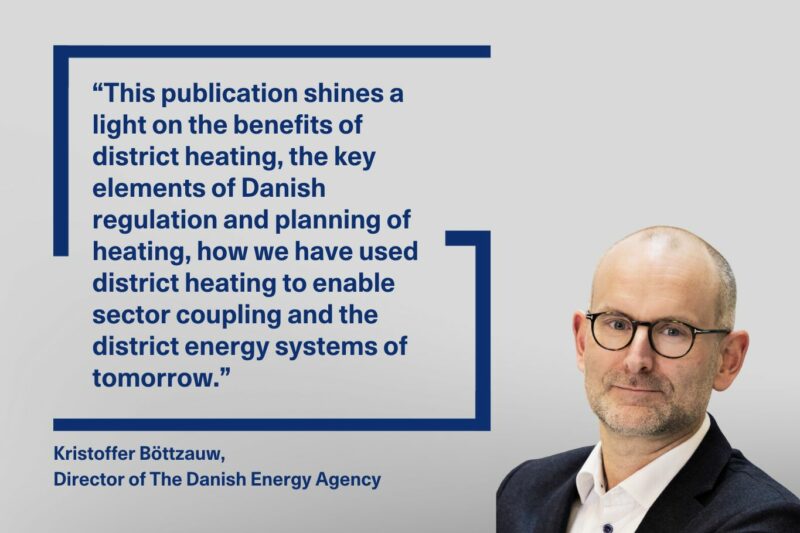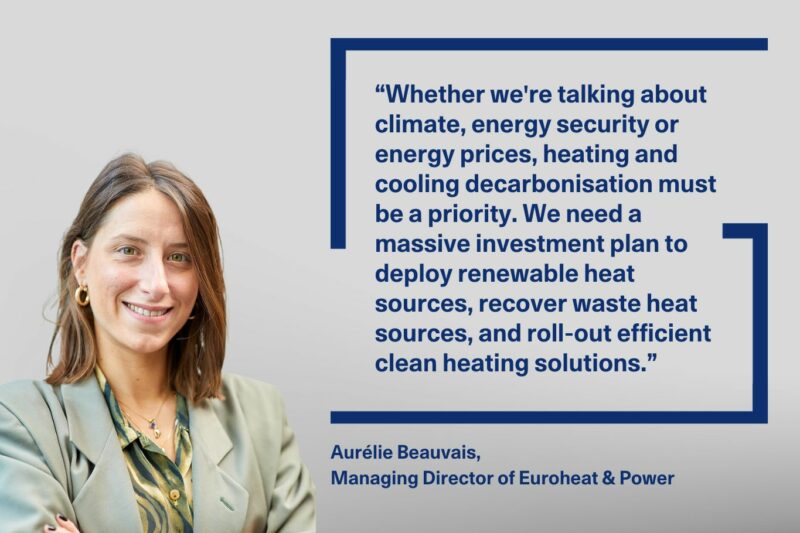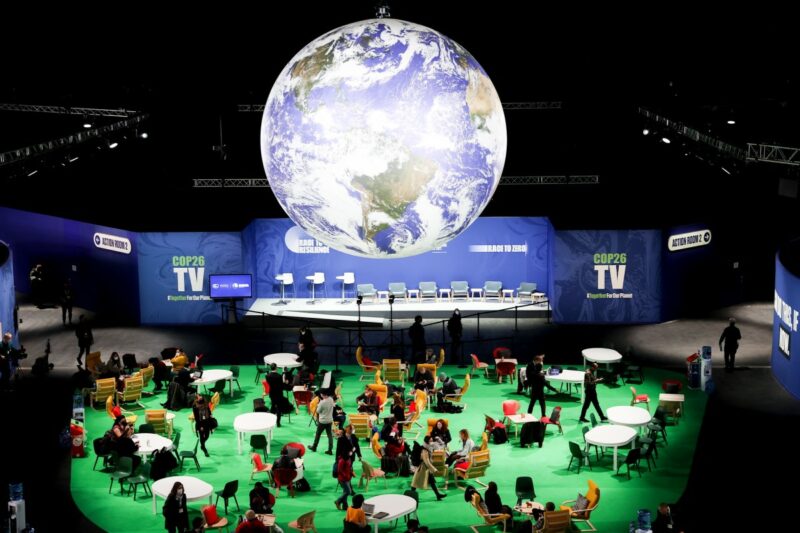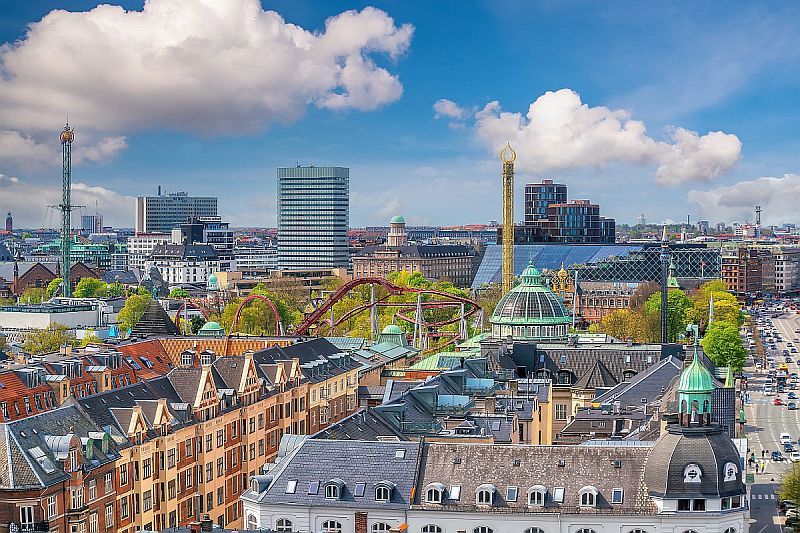Representing approximately 6,700 companies engaged in construction and related sectors, DI – Danish Construction asserts that opportunities for recycling are extensive, and optimising these beyond current practices carry vast potential.
“I have high hopes that we will recycle much more of the materials that would otherwise be sent to landfill. Currently, we are in the early stage, but now that we get the processes going, we can increase the scalability. So now we have to train people so that they know how it should be done,” says Anders Stouge, Director at DI – Danish Construction.
Related news: European parliament adopt directive to decarbonise the buildings sector
Energy-renovation of buildings key to reaching climate targets
Today, 40% of Denmark’s total waste originates from construction activities, equating to roughly five million tons annually, as per the Ministry of the Environment.
“We can’t keep extracting sand and gravel. We need to recycle more. It is so irrational that we do not recycle the materials. Today, most of it goes out to incineration plants. It must be sorted on site so that it can be recycled. We have to make plans for recyclable materials,” says Magnus Heunicke, the Danish Minister for the Environment.
The construction and utilisation of buildings constitute approximately 30% of Denmark’s CO2 emissions. Given this impact, prioritising repurpose of materials and energy-efficient renovation of existing buildings are cornerstones for achieving climate neutrality by 2050.
This necessity is underscored by the fact that 85% of the buildings projected to be accommodated in the EU by 2050 are already standing today. Moreover, approximately three quarters of existing buildings within the European Union fall short of modern energy efficiency standards.
